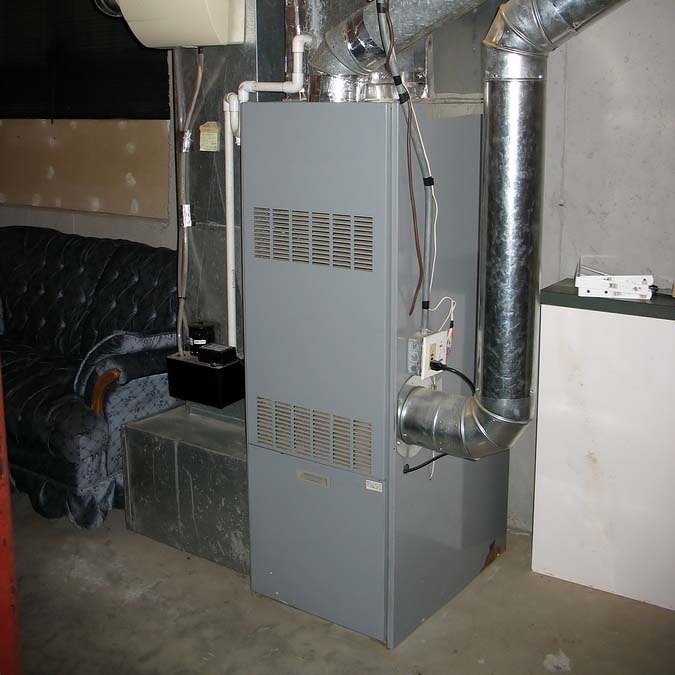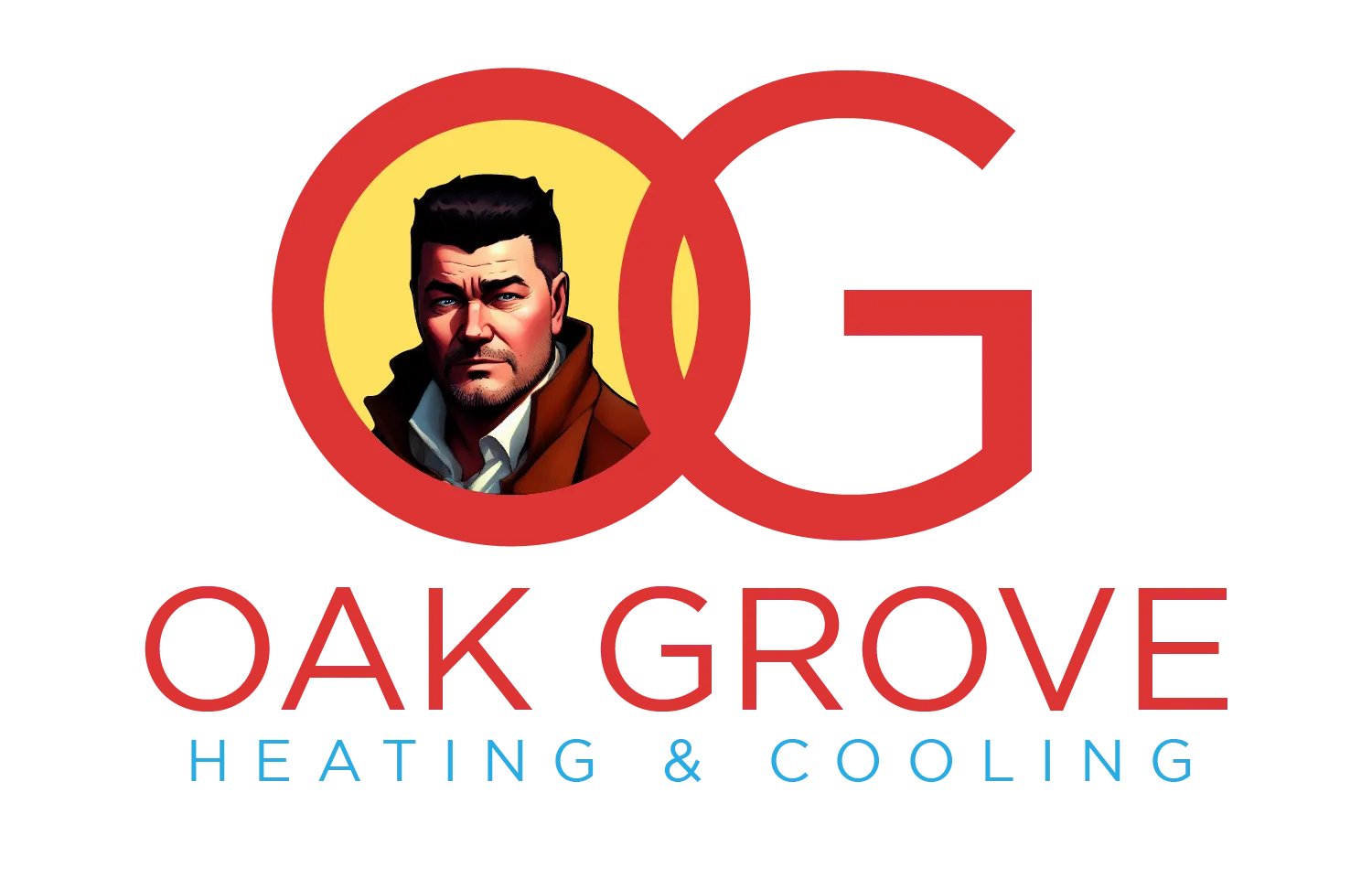
As winter approaches and temperatures drop, the last thing you want is for your furnace to stop working. A failing furnace doesn’t just mean discomfort—it can lead to frozen pipes, costly emergency repairs, and even safety risks. Whether you’re noticing strange noises or weak airflow, catching the signs early can save you big.
In this guide, we’ll break down common symptoms of furnace failure, share expert emergency tips, compare gas furnace repair vs. oil furnace repair, and help you understand furnace repair costs so you can plan.
Furnace Repair Near Me
When the heat goes out, your first thought is likely: “Where can I find reliable furnace repair near me?” The answer is: act before the emergency hits. Having a trusted local technician already vetted means no scrambling during a snowstorm.
How to Choose the Right Local Pro:
- Check online reviews and Better Business Bureau ratings
- Ask about 24/7 availability and emergency services
- Look for licensed, insured, and certified HVAC professionals
- Compare response times and warranty coverage
A quick search for “furnace repair near me” is only helpful if you choose wisely. Prioritize quality over price—you want it fixed right the first time.
Emergency Furnace Repair
If your furnace stops working during a cold snap, it’s more than an inconvenience—it’s a home emergency. That’s when emergency furnace repair becomes essential.
Signs You Need Immediate Help:
- The furnace won’t turn on at all
- Cold air is blowing from the vents
- Unusual smells (burning, gas, or electrical odors)
- Rapid cycling on and off
- Loud banging or screeching noises
Emergency Tips While You Wait:
- Shut down the system to prevent further damage.
- Use space heaters safely—never leave them unattended.
- Seal off unused rooms to retain heat.
- Wear layered clothing and blankets indoors.
Always have an emergency furnace repair number saved in your phone for those unexpected breakdowns.
Gas Furnace Repair
Gas furnace repair is one of the most common types of heating repair services. While gas systems are generally efficient and cost-effective, they can develop serious problems if not maintained.
Common Gas Furnace Issues:
- Pilot light won’t stay lit
- Faulty igniter or flame sensor
- Cracked heat exchanger (serious and potentially dangerous)
- Gas supply problems
Gas furnaces require experienced technicians due to the potential risk of gas leaks or carbon monoxide exposure. If your carbon monoxide detector goes off, shut the system down immediately and call for gas furnace repair from a certified pro.
Furnace Repair Service
A professional furnace repair service does more than just get your heat back on—they diagnose deeper issues to prevent future breakdowns.
What to Expect From a Quality Furnace Repair Service:
- Full inspection of your system
- Diagnosis and explanation of the problem
- Clear pricing before work begins
- Repair or replacement of faulty parts
- Testing for safety and efficiency
Some providers also offer seasonal checkups and membership plans that include priority service, discounted repairs, and furnace maintenance reminders.
Don’t wait until your furnace fails—schedule a furnace repair service as soon as you notice odd behavior like strange noises or uneven heating.
Furnace Repair Company
Not all HVAC companies are created equal. When choosing a furnace repair company, it pays to find one with experience, transparency, and excellent customer support.
What Sets a Great Furnace Repair Company Apart:
- Years in business with proven results
- 24/7 emergency service
- Certified technicians trained in both gas and oil systems
- Strong warranties and satisfaction guarantees
- Transparent quotes with no surprise fees
A dependable furnace repair company should also educate you on repair vs. replacement options when your system is aging or inefficient.
Oil Furnace Repair
If you rely on oil heat, you know it’s powerful—but maintenance is key. Oil furnace repair involves different components than gas systems, and specific signs point to trouble.
Oil Furnace Trouble Signs:
- Soot buildup on burners
- Delayed ignition
- Noisy operation or vibration
- Fuel odor around the furnace
Oil furnace repair may include replacing the nozzle, cleaning the combustion chamber, or fixing the blower motor. It’s also crucial to maintain fuel supply cleanliness and filter quality to avoid long-term damage.
Because oil furnaces involve fuel storage and combustion, only trained technicians should handle repairs or maintenance.
Furnace Repair Cost
The big question on every homeowner’s mind: how much will it cost?
Furnace repair cost varies depending on the issue, system type, and local labor rates. Here’s a general breakdown:
Average Furnace Repair Cost Ranges:
- Thermostat replacement: $100–$250
- Blower motor repair: $300–$600
- Ignitor replacement: $150–$300
- Heat exchanger repair: $800–$1,500
- Full system diagnosis and tune-up: $100–$200
- Emergency repair surcharge: $100–$300 extra
Gas furnace repair tends to be slightly cheaper than oil furnace repair due to parts availability and system complexity. Emergency repairs will always come at a premium—another reason why early diagnosis and regular maintenance pay off.
Preventive Tips to Avoid Major Repairs
Want to avoid expensive repairs in the first place? Here’s how:
- Replace air filters every 1–3 months
- Schedule annual tune-ups before the heating season
- Keep vents and returns clear of obstructions
- Watch for early warning signs and act quickly
- Consider a furnace maintenance plan from a local provider
Conclusion: Don’t Wait Until Your Furnace Fails
Whether you’re dealing with a minor hiccup or a full system breakdown, knowing your options ahead of time can make all the difference. From spotting red flags to choosing the right furnace repair company, this guide gives you the tools to stay warm, safe, and stress-free.
Be proactive. Schedule regular maintenance, understand your system type, and keep a trusted furnace repair service on speed dial. And if you’re searching for “furnace repair near me,” look for local experts who offer fast response and fair pricing.
Stay warm, stay prepared—and don’t let your furnace leave you in the cold.
